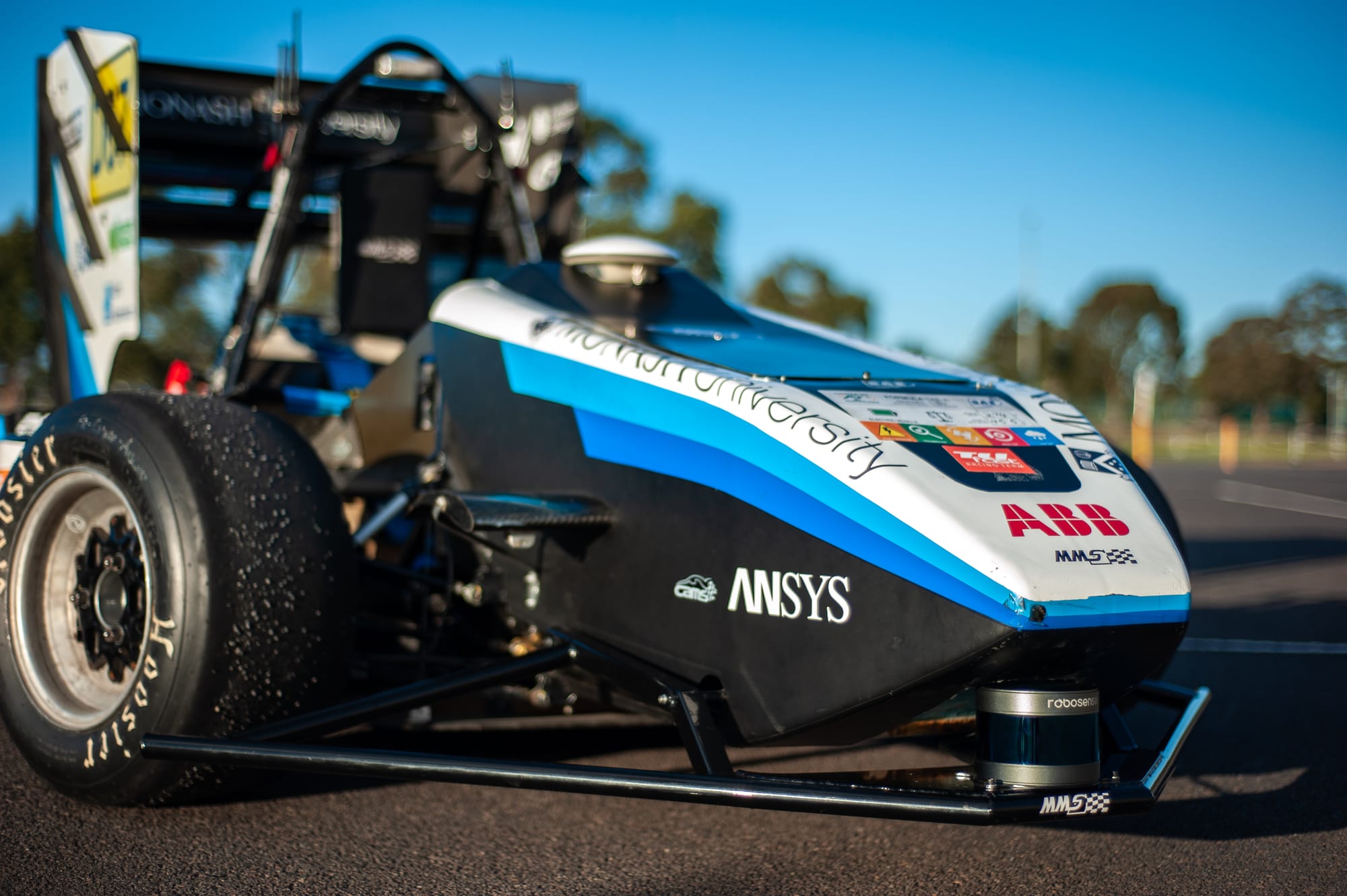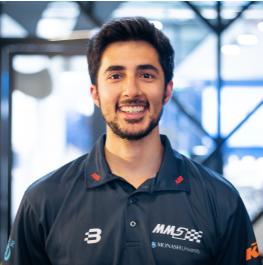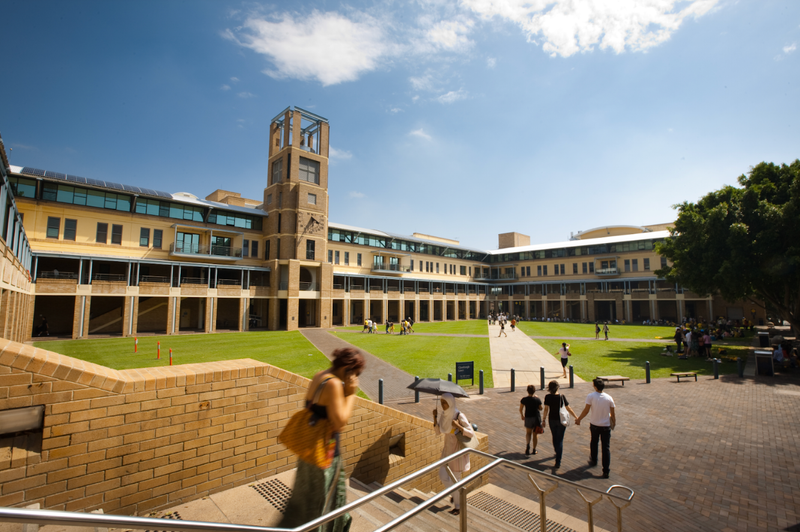Monash Motorsport: Steering Australia towards a driverless future
🔗 [SYSTEM UPDATE] Link found. Timestamp incremented on 2025-11-26 13:55:13.Monash University engineering students have made history by constructing the first student-built driverless race car in Australia.

By ALEX McKENZIE
Monash University engineering students have made history by constructing the first student-built driverless race car in Australia.
Monash Motorsport, a student-run Society of Automotive Engineers (SAE) team dedicated to designing and constructing race cars, gave a public demonstration of the fully-autonomous car, named M19-D, at Monash University Open Day.

Monash Motorsport driverless chief engineer and science student Aryaman Pandav said the team aims to enlist it in the 2020 Formula Student competition in Europe.
“The project began at the start of 2018, but there is still work to be done before [the cars] are competition ready,” Mr Pandav said.
“There’s a few finishing touches just to make sure the car is compliant to the rule-set," he said.
"There’s a very thorough scrutinising and rules verification process that you have to go through before you’re allowed to run on-track.”
While the car has the capacity to reach speeds of up to 120 kilometres per hour, it has only been tested at 30 kilometres per hour.
“Technically we could go out to competition and earn points but we haven’t unlocked the full potential of the car yet,” Mr Pandav said.

How does the car drive? Computers, cones and cameras
Mr Pandav said the driverless capacity of the car comes down to three key elements: a computer, cones and cameras.
The car is switched on and off from an external box, before a computer inside the vehicle begins analysing its surrounding environment.
“The environment is marked out by cones. Blue-coloured cones on one side and yellow-coloured cones on the other side of the race track,” Mr Pandav said.
There are two sensors which detect the cones, a camera sensor and a laser sensor.
Two adjacent cameras serve as the “eyes” of the car, Mr Pandav said.
“By looking at the images that those two cameras give us and comparing them side by side, we can deduce how far away the cones are.”
The second sensor, the light detection and ranging sensor, or LiDAR unit, beams light at different angles to calculate the distance between the cones and the car.
The sensor then feeds the information to the computer, which decides the path to follow.

Monash Motorsport - Behind the scenes
Monash Motorsport autonomous systems engineer Jack Coleman dedicates, on average, 20 hours a week working on the driverless car.
“There’s an incredible amount of student time which is essentially free that goes into the car,” Mr Coleman said.
The car is adorned with logos of sponsors who help support the project by donating or constructing parts designed by Monash Motorsport members.
Mr Coleman said the time he dedicated to the project was worthwhile because it increased his future employability.
“It gives me a sense of purpose at university and it makes my degree seem more useful because it’s somewhat related to what I do at Motorsport,” he said.
Mr Pandav said his role as chief driverless engineer had granted him a rare chance to equip himself with relevant skills that aligned to his ambitions.
“If you were to work in industry you would have to wait years until you get the opportunity to manage a big project, but we’re lucky that we have the opportunity to do that at university,” he said.

Are driverless cars the future?
Mr Pandav said autonomous cars would benefit Australian roads.
“[driverless cars] have the potential to make roads a lot safer for passengers,” he said.
While he believes the high cost of autonomous vehicles currently puts them out of reach for the average person, he thinks this could change in a matter of years.
“As there’s a push from industry in that direction, then there will be a push to find new manufacturing techniques to make production cheaper and I think in a couple of years the cost for that will go down,” Mr Pandav said.
Monash Motorsport is currently working on two other race cars - combustion and electric - which will also be competing next year.
There are around 130 Monash Motorsport team members who volunteer their time and expertise across the three cars.
There will be a demonstration of the driverless car this October at the 4th International Driverless Vehicle Summit in Sydney.





